Home>Garden Essentials>How Long To Germinate Hydroseeding
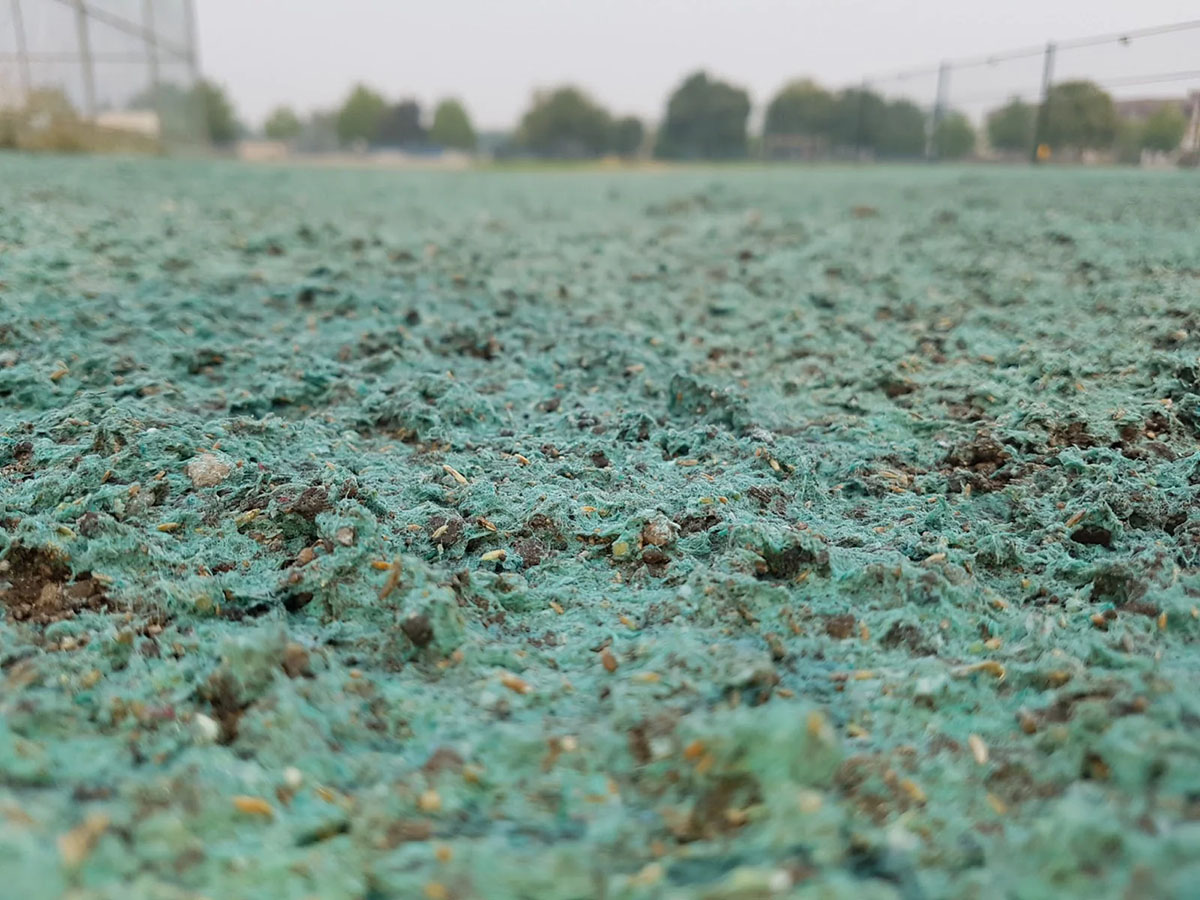

Garden Essentials
How Long To Germinate Hydroseeding
Modified: September 2, 2024
Learn how long it takes for a garden to germinate hydroseeding and achieve lush, green results. Expert tips and advice for successful gardening.
(Many of the links in this article redirect to a specific reviewed product. Your purchase of these products through affiliate links helps to generate commission for Storables.com, at no extra cost. Learn more)
Introduction
Gardening enthusiasts know that starting a new garden or rejuvenating an existing one requires careful planning and attention to detail. One effective and increasingly popular method is hydroseeding, which offers numerous benefits over traditional seeding methods. However, to ensure a successful garden, it is important to understand the germination process in hydroseeding and how long it takes for the seeds to sprout.
Hydroseeding is a seeding technique that involves a mix of seeds, water, fertilizer, and other additives, sprayed onto the soil surface. This method helps ensure even distribution of seeds and facilitates faster germination. Unlike traditional methods like hand seeding or laying sod, hydroseeding provides better coverage, enhances root development, and promotes healthy plant growth.
The germination process is vital as it marks the beginning of plant growth. It is the stage where the seed absorbs water, activates enzymes, and begins to sprout. Understanding the factors influencing germination time and creating optimal growing conditions can significantly impact the success of your hydroseeding project. Let’s explore these factors and learn how to maximize germination success.
Key Takeaways:
- Hydroseeding promotes faster and more even seed germination, leading to lush gardens and landscapes. Factors like moisture, temperature, and soil quality play a crucial role in successful germination.
- Choosing high-quality seeds, maintaining optimal moisture levels, and providing suitable temperatures are key to faster germination in hydroseeding. Proper soil preparation and weed control also contribute to successful plant establishment.
Read more: How Long To Germinate Pitaya
What is Hydroseeding?
Hydroseeding, also known as hydraulic mulch seeding, is a process where a slurry of seeds, water, fertilizer, and mulch is sprayed onto the soil to promote plant growth. This technique is widely used for establishing lawns, erosion control, reclamation projects, and landscaping.
The hydroseeding mixture consists of a blend of high-quality seeds, such as grass, flowers, or native plants, mixed with water. The mixture is then combined with a tackifier, which helps the mixture adhere to the soil, and a mulch material, such as wood fibers or cellulose, that helps retain moisture and improve soil structure.
One of the major advantages of hydroseeding is its ability to provide even seed distribution over large areas. The slurry is sprayed in a controlled manner, ensuring that each section receives a consistent amount of seeds. This promotes uniform growth and reduces the risk of patchiness in the lawn or landscape.
Furthermore, hydroseeding helps protect seeds from wind and water erosion, as the mulch layer acts as a protective barrier. It also retains moisture, allowing seeds to germinate in optimal conditions. This improves seedling survival rates and reduces the need for constant watering, saving both time and resources.
Hydroseeding is a versatile technique that can be used in various environmental conditions and soil types. It is particularly effective for sloped areas where erosion control is critical. Additionally, the variety of seed options available allows for customization based on specific project requirements, including soil type, climate, and desired aesthetics.
In summary, hydroseeding is a cost-effective and efficient method for establishing vegetation. Its ability to provide even seed distribution, promote germination, and protect against erosion makes it a popular choice for homeowners, landscapers, and construction companies alike.
Germination Process in Hydroseeding
The germination process in hydroseeding is crucial for the successful establishment of plants. Once the hydroseeding mixture is sprayed onto the soil, the seeds begin their journey towards growth.
When the seeds come into contact with moisture from the water in the hydroseeding mixture, they absorb water and initiate the activation of enzymes within the seed coat. This process is known as imbibition. As a result, the seed expands and softens, preparing for germination.
Once imbibition occurs, the seed’s dormancy is broken, and germination begins. During this stage, the plant embryo inside the seed reactivates, and the roots and shoots start to develop. The root emerges first, anchoring the plant into the soil, while the shoot pushes upward towards the surface.
As the root grows and establishes a strong hold in the soil, the shoot pushes through the surface, aided by the nutrients and moisture present in the hydroseeding mixture. The shoot then begins to unfold its leaves, allowing photosynthesis to occur and providing energy for further growth and development.
The success of the germination process depends on several factors, including moisture, temperature, soil conditions, and the type of seeds used. Adequate moisture is essential to ensure the seeds do not dry out during germination. The hydroseeding mixture helps retain moisture around the seeds, creating a favorable environment for germination.
The temperature also plays a crucial role in seed germination. Different plants have specific temperature requirements for optimal germination. Most plants prefer moderate temperatures between 60 to 80 degrees Fahrenheit (15 to 27 degrees Celsius) for successful germination.
Additionally, the soil conditions need to be favorable for the seeds to germinate. The soil should be loose, well-drained, and free from excessive weeds or debris that could hinder seedling growth. The hydroseeding process, with its added nutrients and organic matter, helps improve soil structure and fertility.
Overall, the germination process in hydroseeding is a critical phase in establishing a healthy and vibrant garden or landscape. By providing the right conditions, such as moisture, temperature, and favorable soil, you can ensure successful germination and set the stage for robust plant growth in your hydroseeding project.
Factors Affecting Germination Time
The germination time in hydroseeding can vary based on several factors that influence the rate at which seeds sprout and develop into plants. Understanding these factors is crucial for successful hydroseeding projects.
1. Seed Type: Different types of seeds have varying germination requirements. Some seeds are known for their quick germination, while others may take longer. It’s important to choose the right seed types for your specific project and understand their expected germination times.
2. Seed Quality: The quality of seeds used in hydroseeding is paramount. Using high-quality seeds from reputable sources ensures better germination rates and quicker sprouting. Poor-quality or old seeds may have lower viability and take longer to germinate.
3. Moisture Levels: Adequate moisture is crucial for seed germination. Seeds need to absorb water to initiate the germination process. Insufficient moisture can delay or inhibit germination, while excessive moisture can lead to rot or mold development. Maintaining optimal moisture levels throughout the germination period is essential.
4. Temperature: Temperature plays a significant role in seed germination. Most seeds have a preferred temperature range for optimal germination. Cooler temperatures can slow down germination, while warmer temperatures can accelerate it. It’s important to consider the temperature requirements of the seeds being used and provide suitable growing conditions.
5. Soil Conditions: The condition of the soil can impact germination time. Soil that is compacted or too dense may hinder the seeds’ ability to sprout. The soil should be loose, well-drained, and have sufficient nutrients for healthy germination and root development.
6. Light Requirements: Some seeds require exposure to light for germination, while others prefer darkness. It’s important to know the light requirements of the seeds being used and provide the necessary conditions for optimal germination.
7. Presence of Competition: If the hydroseeding project is in an area with existing vegetation or weeds, the competition for resources can affect germination time. Weeds, in particular, can compete for light, water, and nutrients, potentially slowing down the germination process of the desired plants.
8. Overall Environmental Conditions: Factors such as air quality, humidity, and weather conditions can also influence germination time. Ideal growing conditions, including moderate temperatures, good air circulation, and appropriate humidity levels, can promote quicker germination.
By considering and managing these factors, you can optimize germination time in hydroseeding projects and increase the chances of successful and timely sprouting of the desired plants.
Hydroseeding typically germinates within 5-7 days, but this can vary based on the type of seed, soil conditions, and climate. Keep the seeded area moist to promote germination.
Ideal Conditions for Germination
Creating the ideal conditions for germination is essential to ensure successful hydroseeding projects. By providing the optimal environment, you can maximize the germination rate and promote healthy plant growth. Here are the key factors to consider:
1. Moisture: Adequate moisture is crucial for seeds to germinate. The hydroseeding mixture helps retain moisture around the seeds, but it’s important to monitor and maintain proper moisture levels throughout the germination period. The soil should be kept consistently moist, but not waterlogged, to facilitate seed hydration and encourage germination.
2. Temperature: Different seeds have specific temperature requirements for germination. Typically, a moderate temperature range of 60 to 80 degrees Fahrenheit (15 to 27 degrees Celsius) is ideal for most plants. Providing the appropriate temperature can accelerate germination and improve the overall success rate of the hydroseeding project.
3. Light: While some seeds require exposure to light for germination, others prefer darkness. It’s crucial to understand the light requirements of the seeds being used. If light is needed, ensure the seeds are not deeply buried so that they can receive the required amount of light for germination. If darkness is preferred, cover the seeds lightly with a thin layer of soil or mulch.
4. Soil Quality: The soil should provide a favorable environment for successful germination. It should be loose, well-drained, and have good texture and fertility. Before hydroseeding, it’s recommended to prepare the soil properly by removing weeds and debris, loosening compacted areas, and amending with organic matter if necessary.
5. Nutrients: Seeds rely on nutrients in the soil for initial growth and development. Incorporating a balanced fertilizer into the hydroseeding mixture or applying one after germination can provide essential nutrients to support healthy plant growth.
6. Weed Control: Weeds can compete with the germinating seeds for resources, potentially hindering their growth. Before hydroseeding, it’s important to manage existing weed populations and employ weed control strategies to minimize competition and create a favorable environment for the newly germinating plants.
7. Protection from Extreme Conditions: Extreme weather conditions, such as excessive heat or cold, strong winds, or heavy rainfall, can negatively impact germination. Taking precautions to protect the germinating seeds, such as providing shade or using windbreaks, can mitigate the risks associated with extreme conditions.
By ensuring these ideal conditions for germination, you can promote successful hydroseeding projects and increase the likelihood of healthy and robust plant growth. Paying attention to moisture, temperature, light, soil quality, nutrients, weed control, and protection from extreme conditions will set a solid foundation for a thriving garden or landscape.
Read more: How Long For Oregano To Germinate
Typical Germination Time for Different Plant Types
The germination time can vary significantly depending on the plant species and seed type. Understanding the typical germination time for different plant types is important in planning and managing your hydroseeding projects. Here are some general guidelines:
1. Grass Seeds: Grass seeds are commonly used in hydroseeding for establishing lawns and green spaces. The germination time for grass seeds varies depending on the specific grass species. Generally, cool-season grasses like Kentucky bluegrass and perennial ryegrass can germinate within 7 to 14 days, while warm-season grasses like Bermuda grass and Zoysia grass may take 10 to 21 days or longer.
2. Flower Seeds: Flowers add beauty and color to landscapes, and many different flower seeds can be incorporated into hydroseeding mixtures. The germination time for flower seeds can vary widely, ranging from a few days to several weeks. Annual flowers like marigolds and petunias typically germinate within 5 to 10 days, while perennial flowers like coneflowers and daisies may take 10 to 21 days or more.
3. Vegetable Seeds: Hydroseeding can also be used for establishing vegetable gardens. The germination time for vegetable seeds depends on the specific vegetable type. Fast-growing vegetables like radishes and lettuce can germinate within a week, while others like tomatoes and peppers may take 7 to 14 days or longer.
4. Native Plants: Hydroseeding projects that focus on establishing native plant species contribute to biodiversity and habitat restoration. The germination time for native plant seeds can vary widely depending on the species and their specific requirements. Some native seeds may germinate quickly within a week, while others may take several weeks or even months to sprout.
It’s important to note that these are general guidelines, and the germination time for specific plant types may vary depending on factors such as seed quality, environmental conditions, and other variables. Additionally, some seeds may require pre-germination treatments, such as scarification or stratification, which can affect the germination time.
When planning your hydroseeding project, refer to the seed packaging or consult with a local horticulturist or nursery professional for more precise information on the germination time of the specific seeds you are using. This will help you set realistic expectations and manage your project accordingly.
Tips for Faster Germination in Hydroseeding
If you’re looking to speed up the germination process in your hydroseeding project, there are several tips and techniques you can implement. These strategies can help ensure quicker sprouting and promote successful plant establishment. Here are some effective tips for faster germination:
1. Prepare the Soil: Before hydroseeding, prepare the soil properly by removing weeds, rocks, and debris. Loosen compacted soil to improve seed-to-soil contact, which aids in quicker germination. Consider incorporating organic matter into the soil to enhance its fertility and drainage capabilities.
2. Choose the Right Seed: Select high-quality seeds from reputable sources. Fresh seeds with high germination rates will sprout faster. Ensure that you choose seeds appropriate for your specific project and environmental conditions.
3. Optimal Moisture Levels: Proper moisture is crucial for germination. Ensure that the soil remains consistently moist, but not waterlogged, throughout the germination period. Regularly check the moisture levels and adjust watering as needed to prevent drying out or excessive saturation of the seeds.
4. Maintain Optimal Temperature: Provide the ideal temperature range for the seeds’ germination requirements. Monitor ambient temperature and protect the seeds from extreme heat or cold as it can delay or inhibit germination. Consider using techniques like shade cloths or cold frames to create favorable temperature conditions.
5. Consider Scarification: Some seeds have hard seed coats that can delay germination. Scarification involves breaking, scratching, or nicking the seed coat to improve water absorption and allow for quicker germination. Consult seed packaging or research specific seed requirements to determine if scarification is necessary.
6. Pre-Soaking: Pre-soaking seeds in water prior to hydroseeding can accelerate the imbibition process and promote faster germination. Soak the seeds in room temperature water for a few hours or overnight, but avoid soaking for too long, as it can lead to rotting.
7. Adequate Fertilization: Incorporate a balanced fertilizer into the hydroseeding mixture or apply it after germination. Providing the necessary nutrients at the right time can encourage faster and healthier seedling development.
8. Weed Control: Weeds can compete with the germinating seeds for resources. Implement effective weed control methods to minimize competition and ensure that the seeds have ample access to sunlight, water, and nutrients for quicker germination.
9. Protect from Pests: Take measures to protect the germinating seeds from pests like birds, rodents, or insects. Consider using netting or other physical barriers to prevent them from accessing and damaging the seeds, which can significantly impact germination rates.
10. Monitor and Adjust: Regularly monitor the progress of germination and make adjustments as needed. This may include adjusting watering schedules, providing additional shade or sunlight, or addressing any issues that may arise during the germination process.
By implementing these tips, you can help promote faster germination in your hydroseeding project and increase the chances of successful establishment. Remember to consider the specific requirements of the seeds and adapt your approaches accordingly to optimize germination time.
Conclusion
Hydroseeding is a powerful method for establishing lush lawns, vibrant landscapes, and restoring ecosystems. Understanding the germination process and factors that influence it is crucial for the success of your hydroseeding project. By creating optimal conditions and implementing effective strategies, you can promote faster germination and ensure healthy plant growth.
Hydroseeding offers several advantages over traditional seeding methods, including even seed distribution, erosion control, and improved root development. The germination process in hydroseeding begins with seed imbibition, where the seeds absorb water and initiate the growth process. Proper moisture, temperature, soil quality, and light conditions are key to successful germination.
Factors such as seed type, seed quality, moisture levels, temperature, soil conditions, light requirements, competition, and environmental conditions can all impact germination time. Understanding these factors allows you to make informed decisions and take appropriate measures to optimize germination rates.
To promote faster germination, it’s important to prepare the soil, choose high-quality seeds, provide optimal moisture levels, maintain suitable temperature ranges, consider scarification or pre-soaking if necessary, facilitate weed control, and protect seeds from pests and extreme conditions. Monitoring the progress of germination and making adjustments as needed will contribute to the overall success of your hydroseeding project.
In conclusion, by incorporating the knowledge and tips outlined in this article, you can maximize the germination rates and achieve faster, healthier plant establishment in your hydroseeding endeavors. Remember that each plant type may have specific requirements, so it’s crucial to consult seed packaging or seek professional advice when embarking on your hydroseeding journey. With proper care and attention to the germination process, you can enjoy the beauty and benefits of a thriving garden or landscape created through hydroseeding.
Frequently Asked Questions about How Long To Germinate Hydroseeding
Was this page helpful?
At Storables.com, we guarantee accurate and reliable information. Our content, validated by Expert Board Contributors, is crafted following stringent Editorial Policies. We're committed to providing you with well-researched, expert-backed insights for all your informational needs.
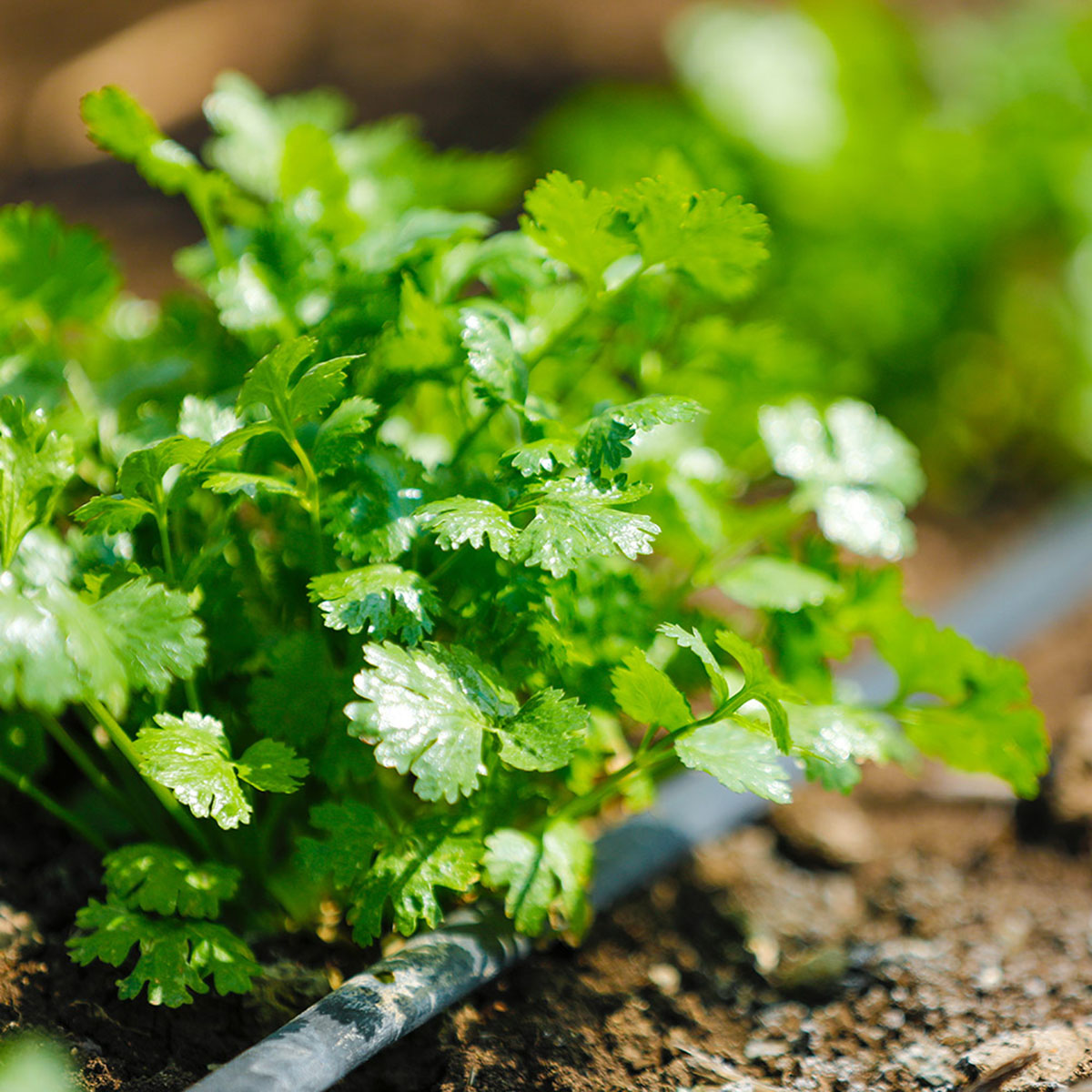
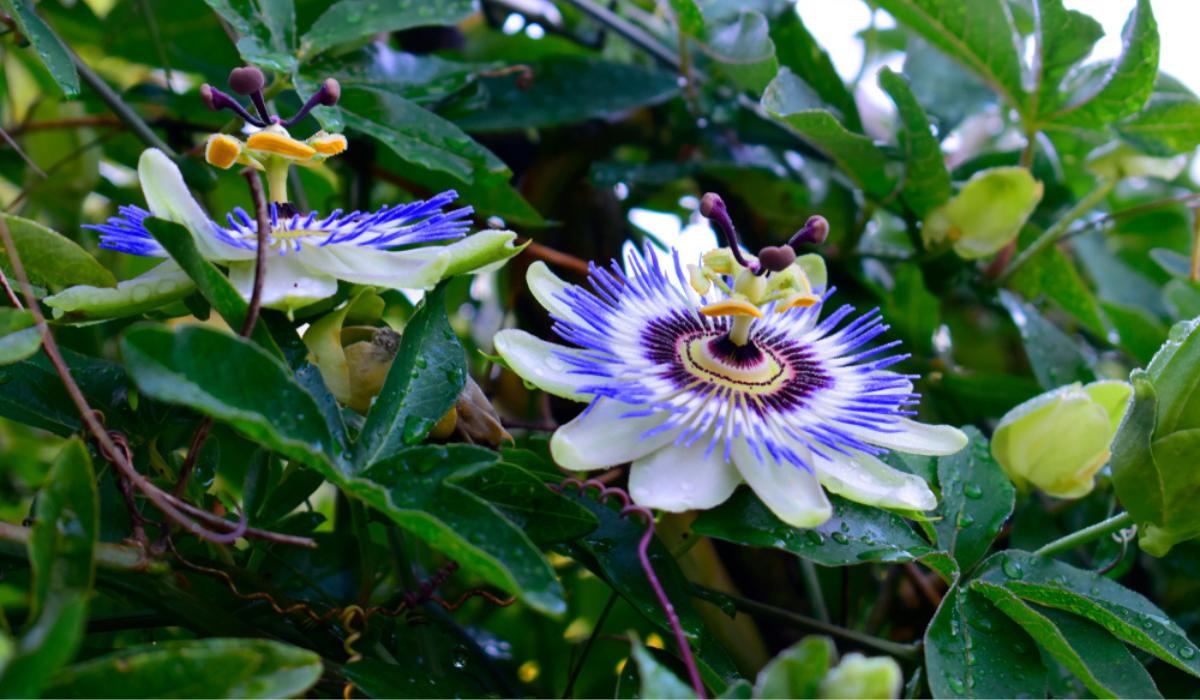
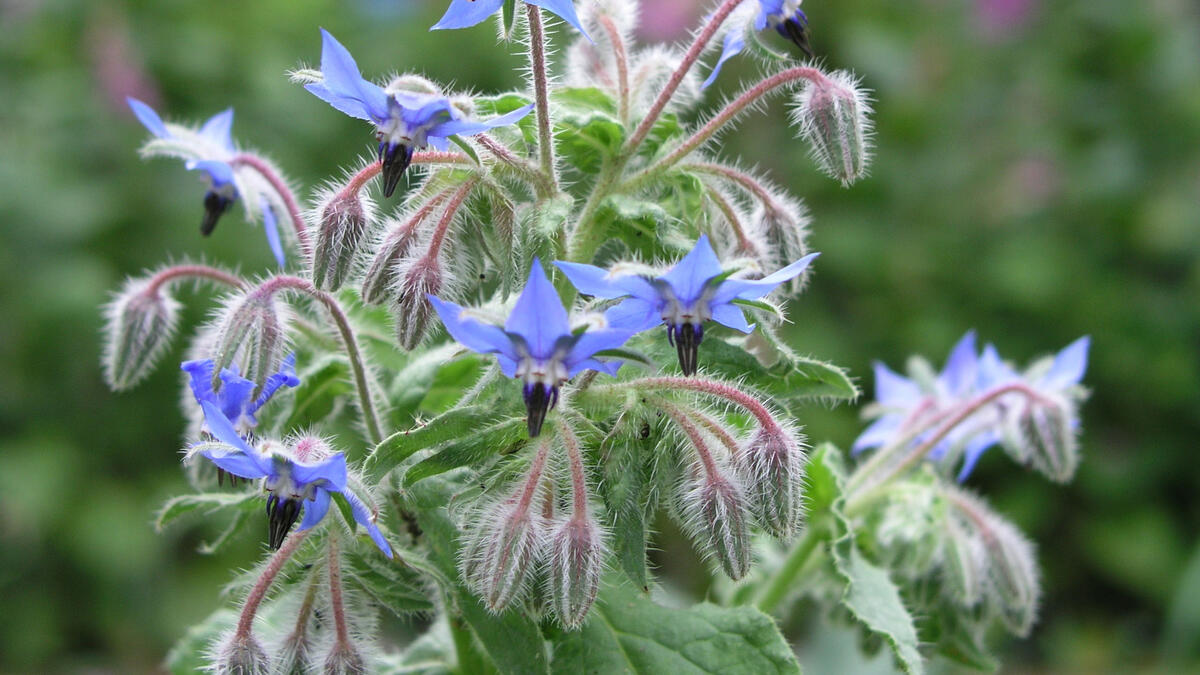
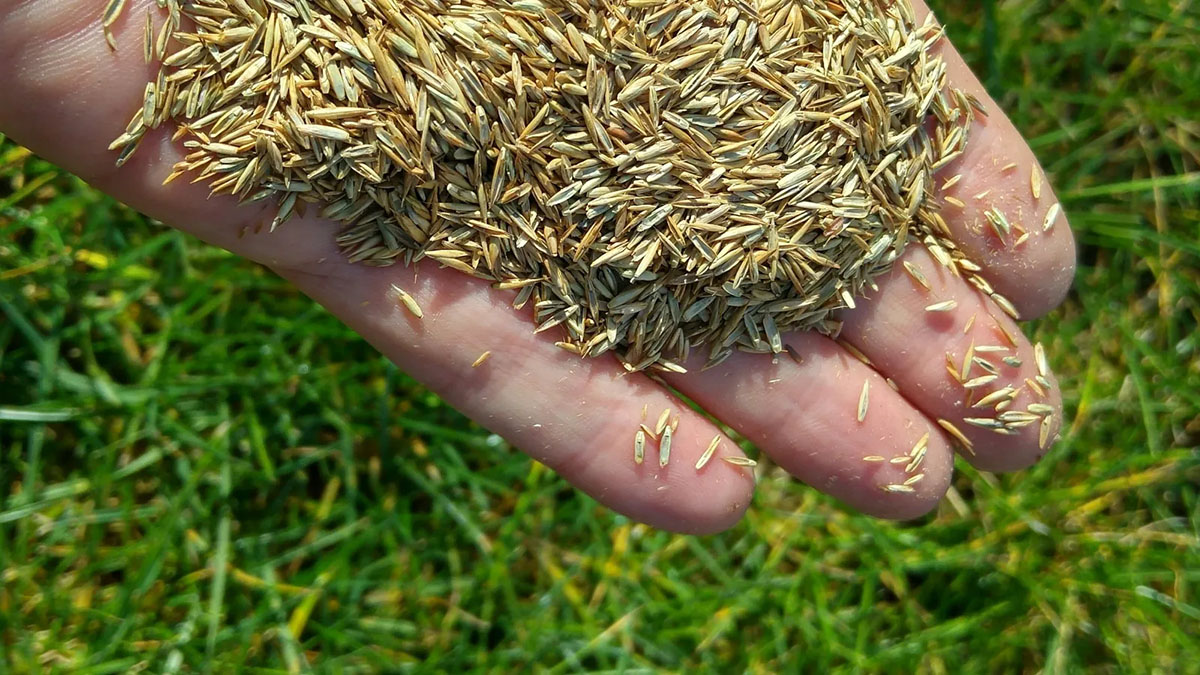
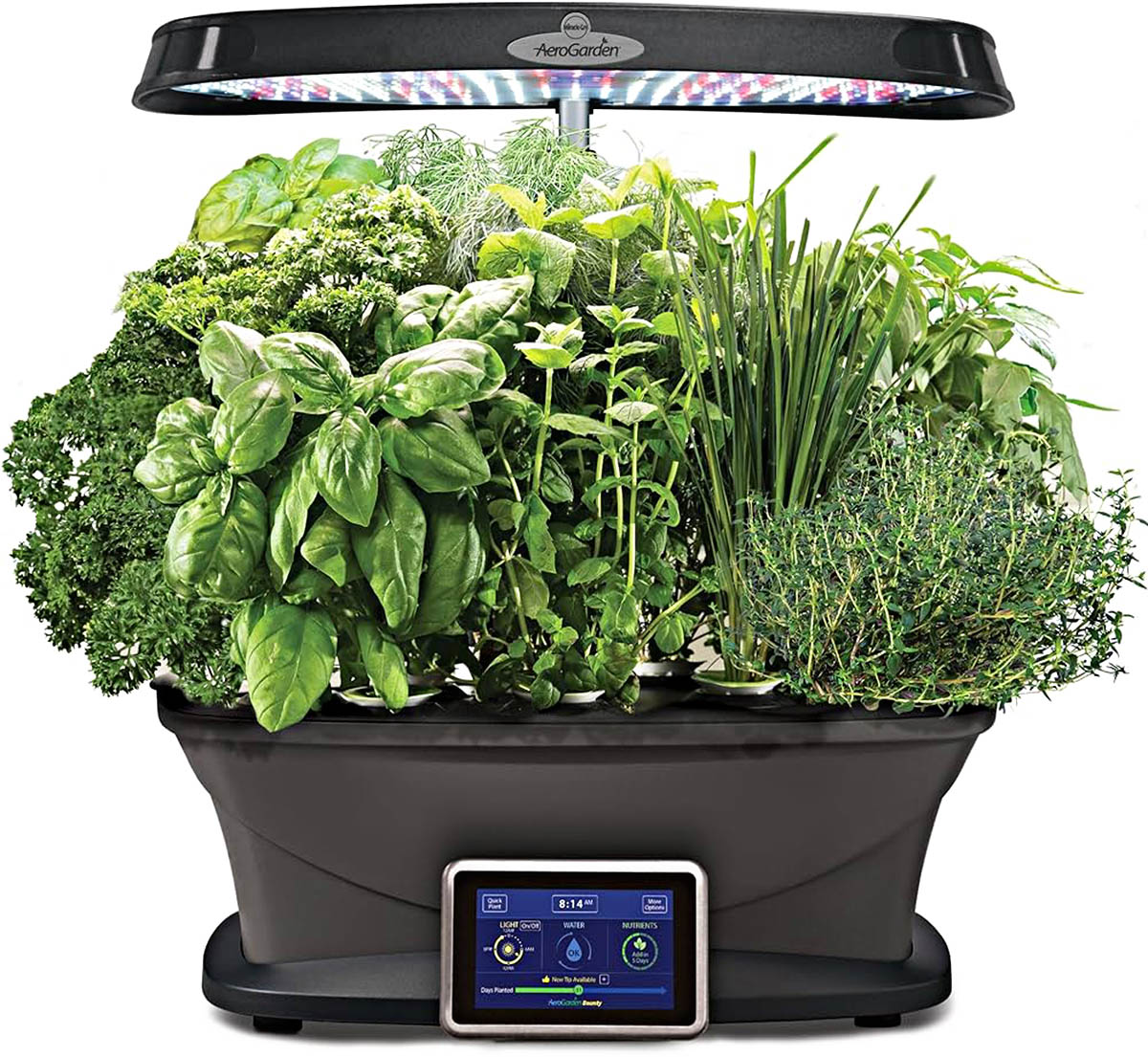

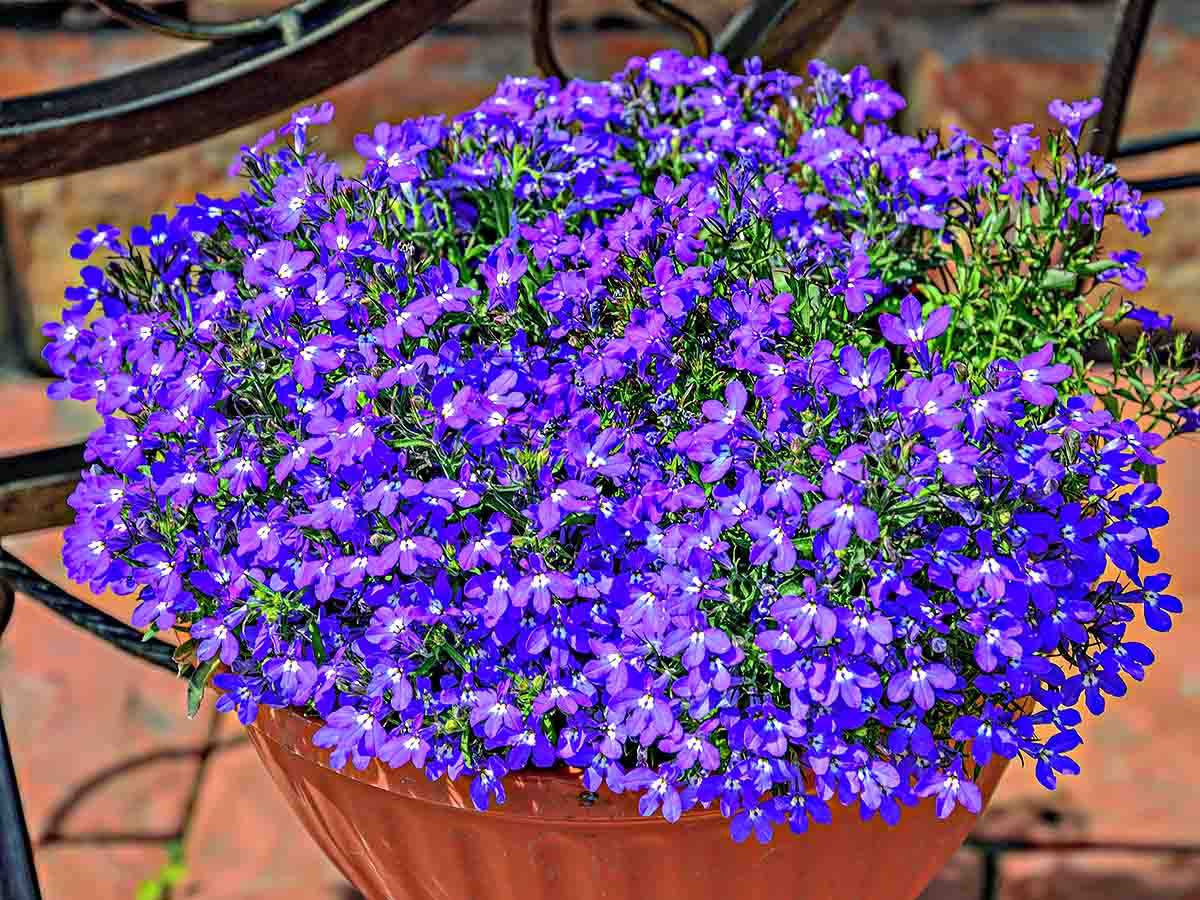
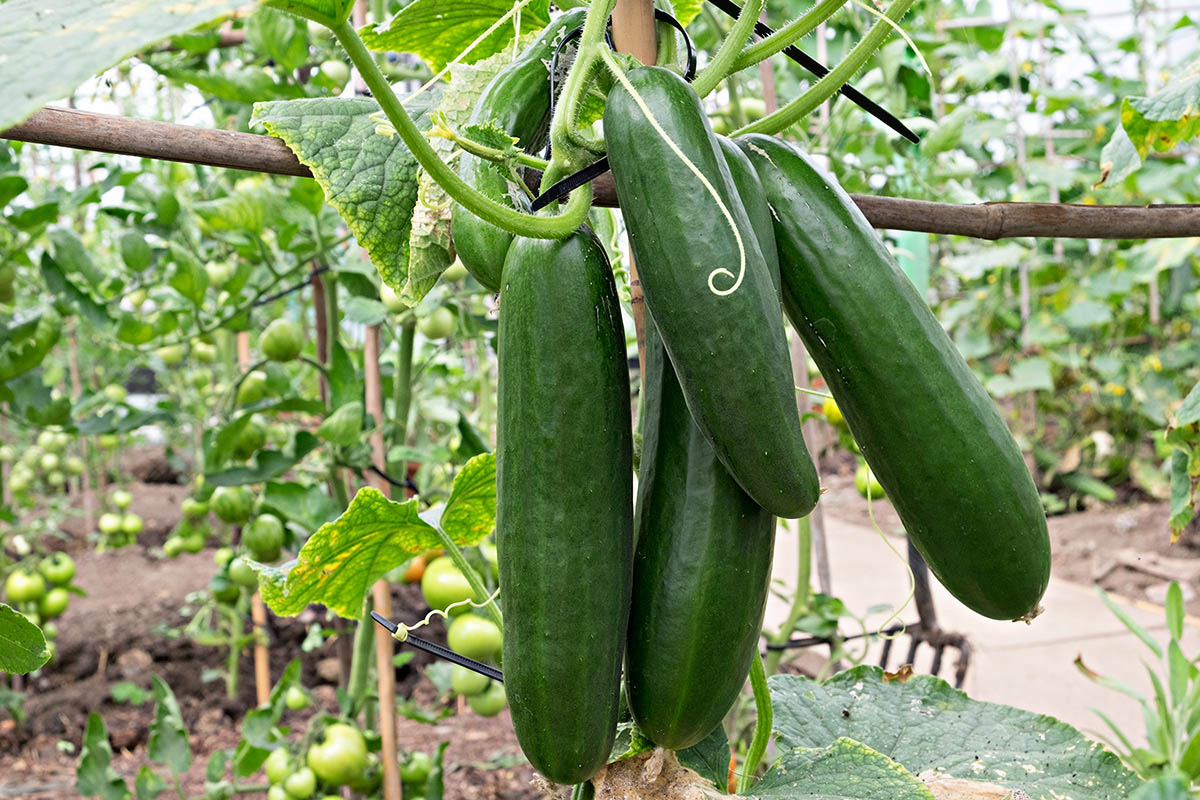
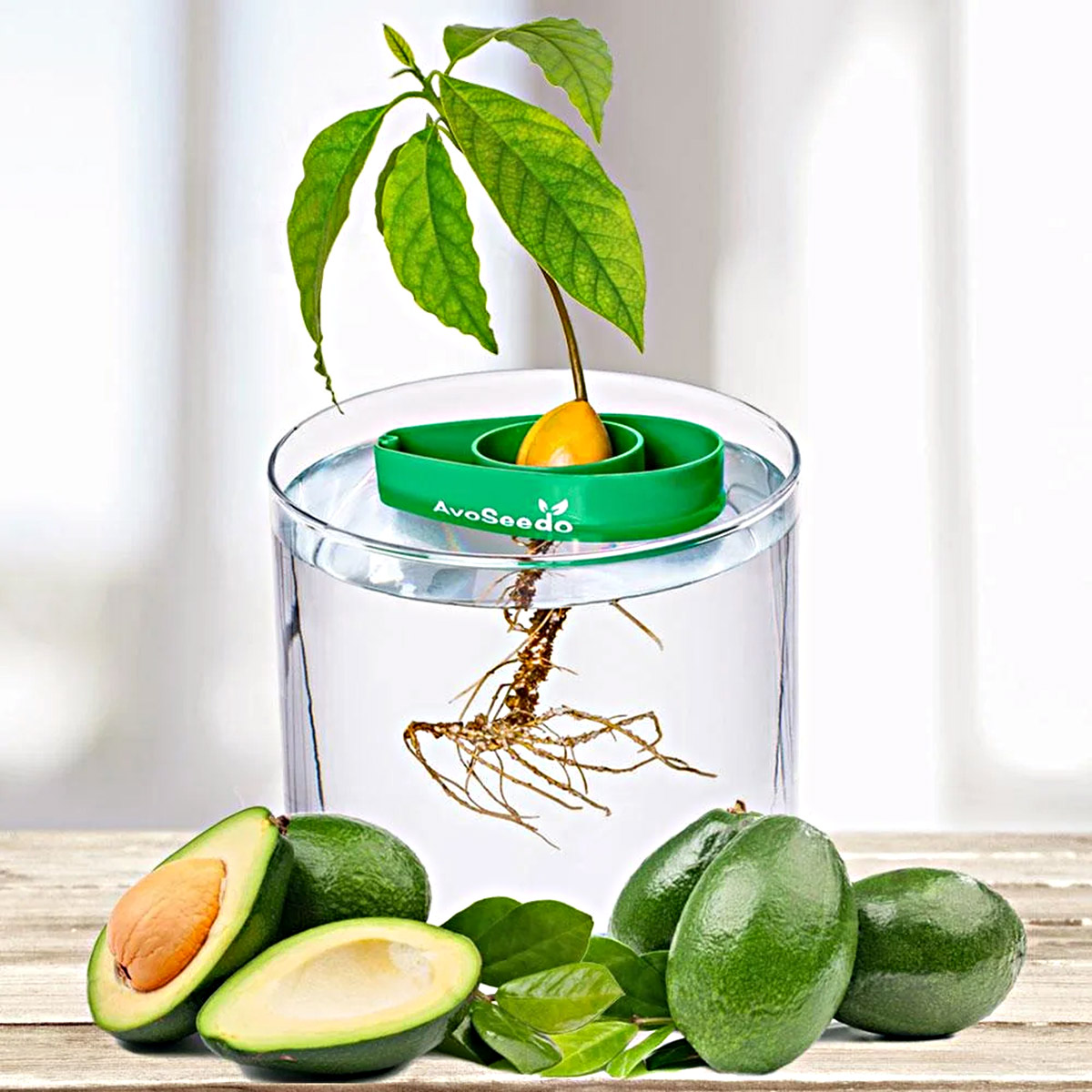
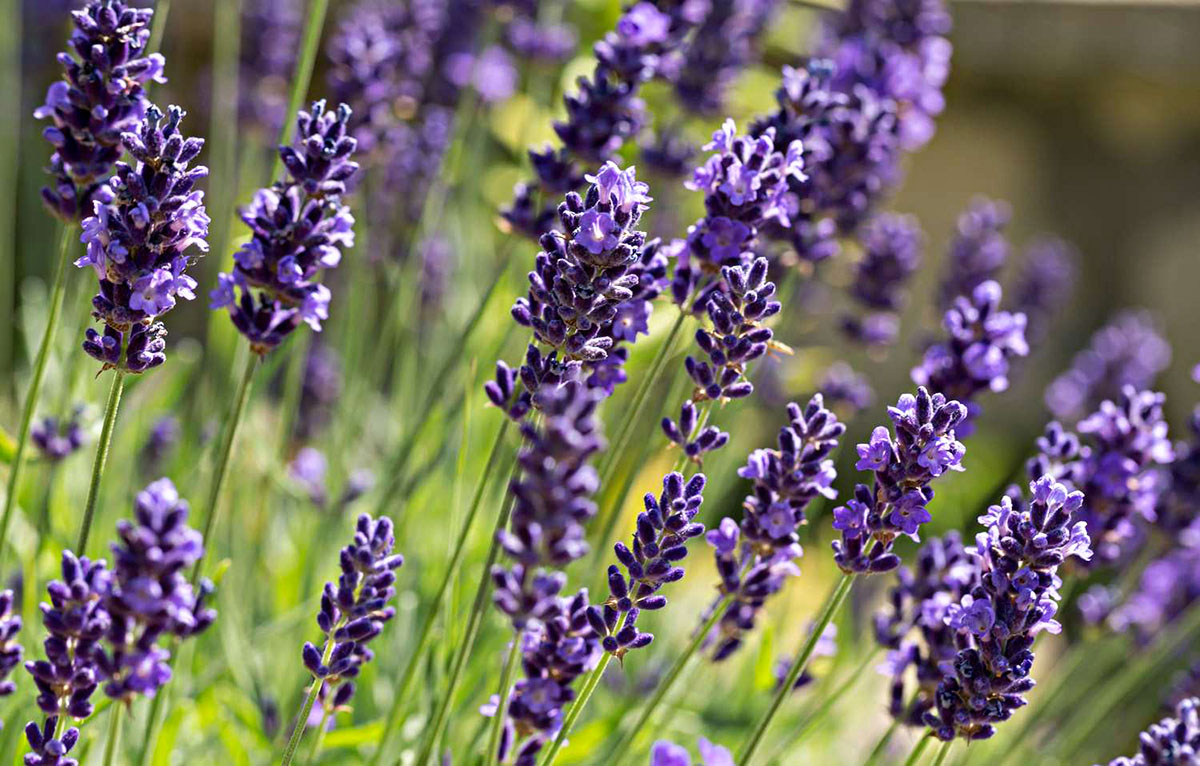
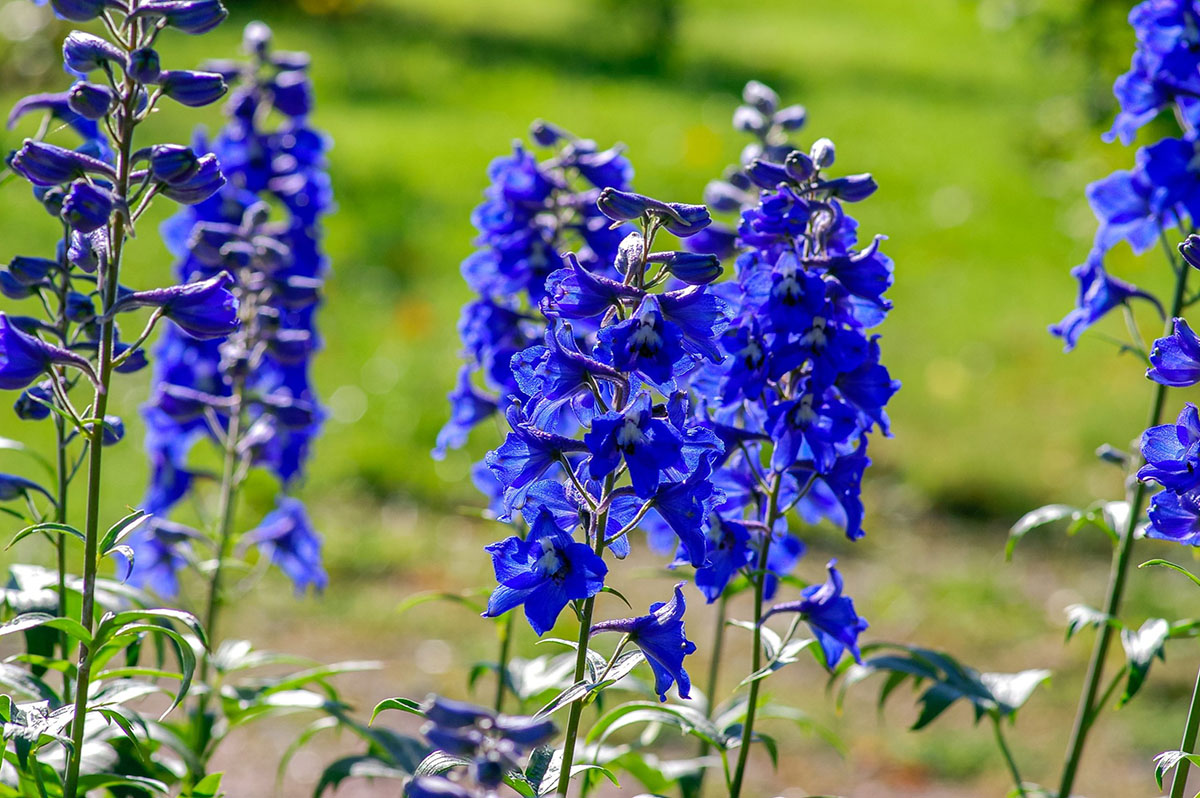
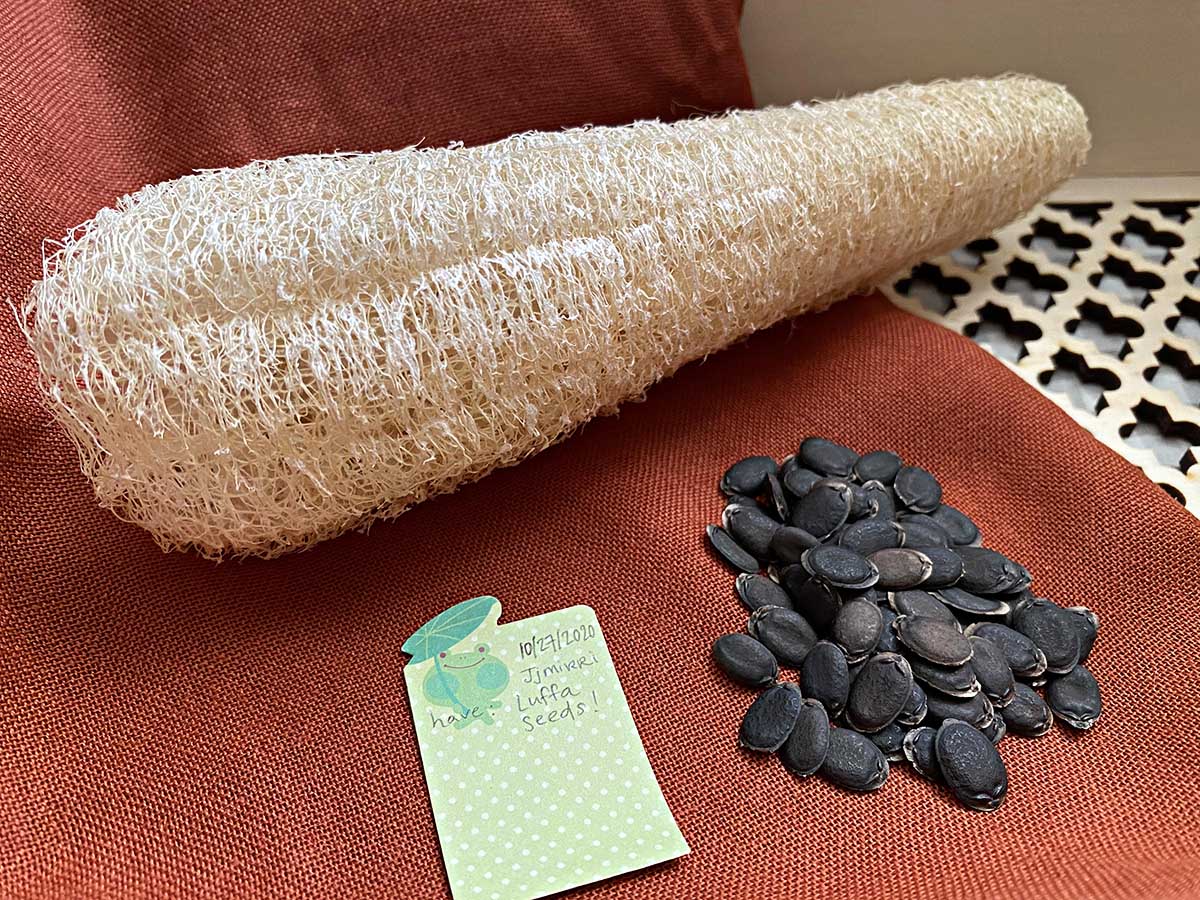
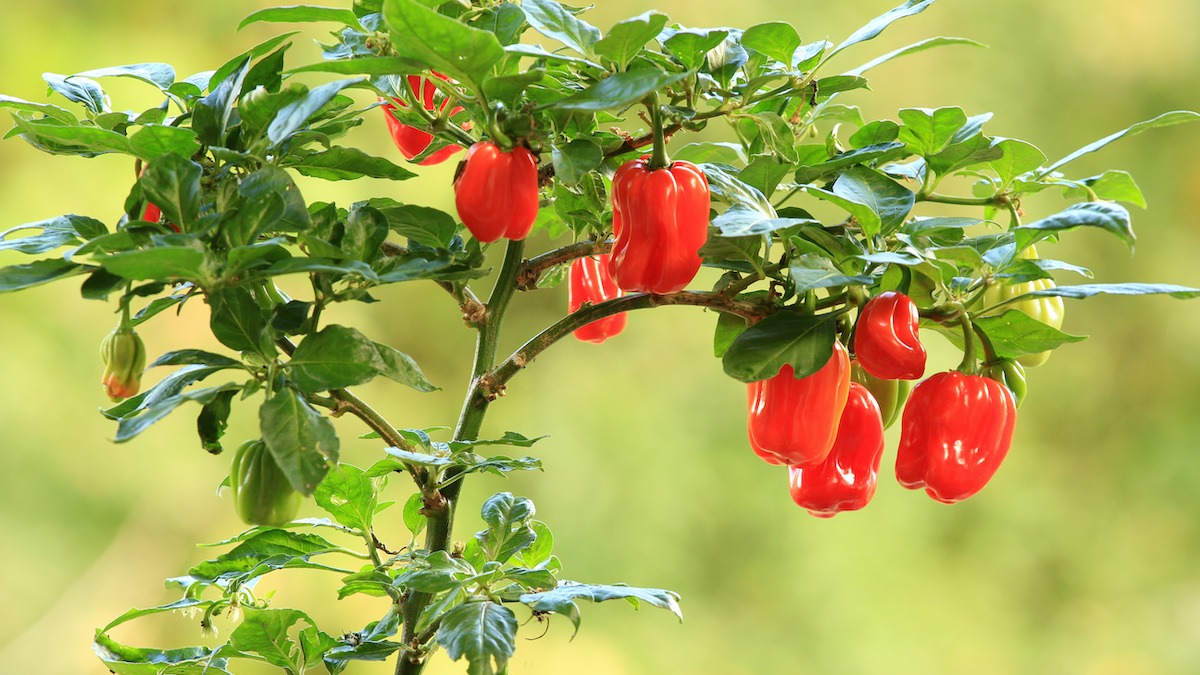
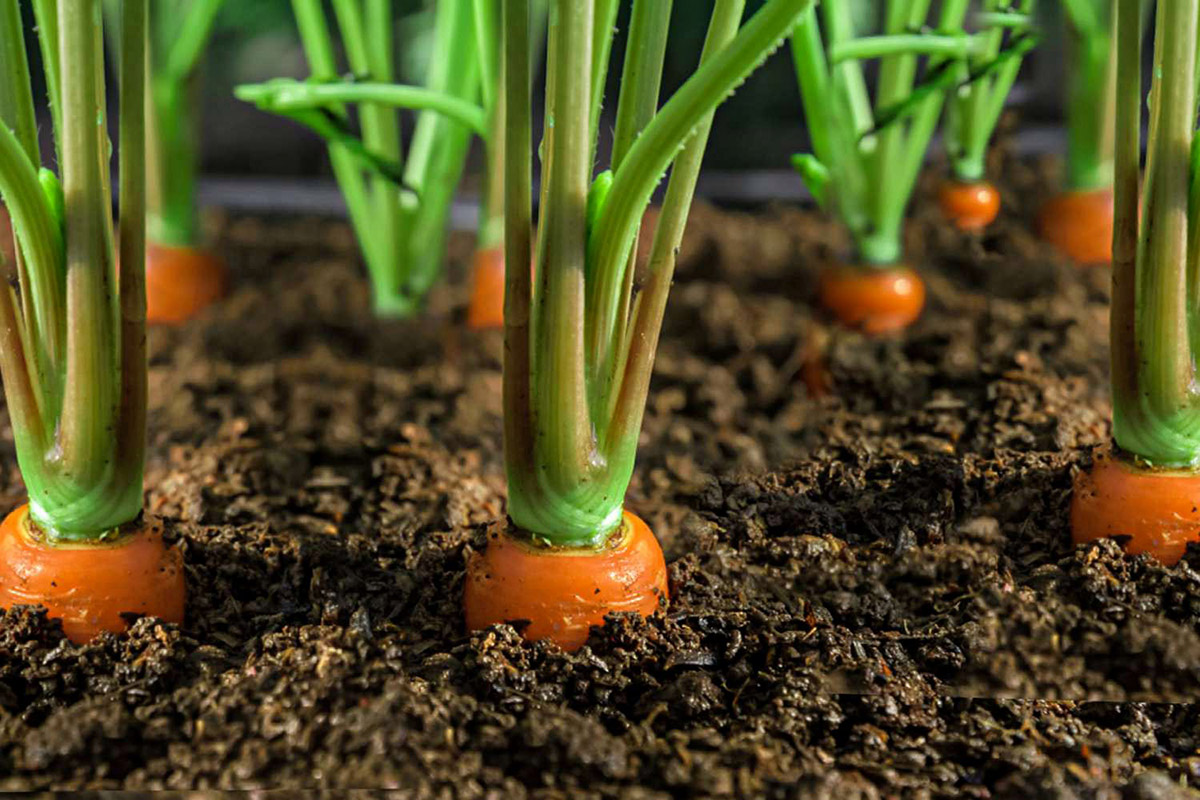

0 thoughts on “How Long To Germinate Hydroseeding”